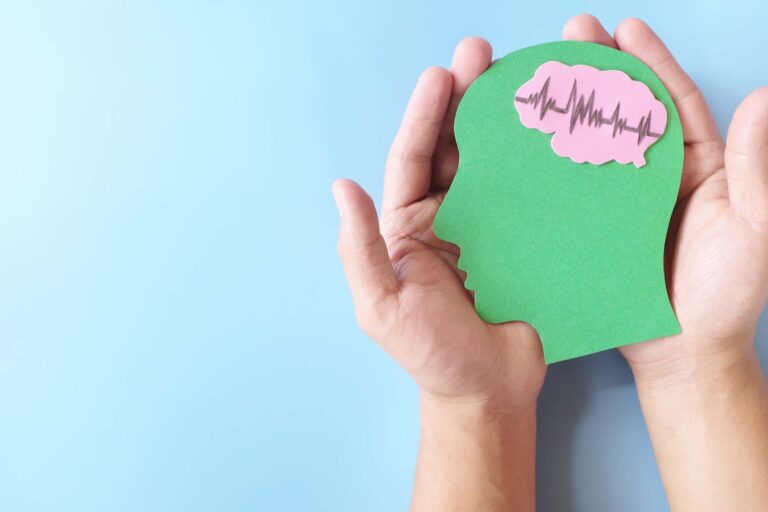More children are suffering from depression than ever before. Suicide rates have skyrocketed and suicide is now the second-leading cause of death among children 10 to 18 years old.
There are several theories about why depression is on the rise in kids, starting with social media. Kids are constantly connected, especially teens, and they compare themselves to their peers and feel immense pressure to keep up.
Oftentimes, children experiencing depression have experienced trauma, showed significant behavior problems, were self-injurious or have eating disorders. Their depression can look and present very differently than it does in adults, and can include pain, discomfort, fatigue, anger or ADHD-like symptoms. These are considered physical expressions of something emotionally upsetting. Teens who have stopped doing things they once loved and instead choose to be alone, and other behavioral problems, are also common symptoms.
Any notable change in behavior should raise a red flag. Children tend to be more irritable, angry or withdrawn than sad. When a child is suddenly getting into trouble, dressing differently, struggling academically, or withdrawing from friends, it is time to start asking questions.
If medical reasons can be ruled out, it is helpful to ask how things are at home or school. It is not unusual to see the child outwardly showing signs of what’s going on in the home. Divorce, family violence, financial issues, mental illness, loss, bullying, peer pressure and academic struggles are affecting children at unprecedented rates.
It is imperative that learning the signs and addressing depression becomes a vital part of our practice with children, as early and prompt interventions are crucial for positive outcomes. If you think your child might have depression, talk to them. It can be scary for them to admit, and they may not want to disappoint you by having those feelings. Make sure they know that you care about them and want to help if they are depressed.
There are several screening tools and options for treatment, including medications or therapy, depending on the situation. Younger children benefit from a treatment approach that involves their parents or caretakers. Psychotherapy and medications can also be beneficial for most children and adolescents.
We need to open our eyes wider and see what children are trying to tell us. Their negative behaviors and actions can often be a cry for help. Sometimes, parents or caregivers are in denial, too busy to address the issue or too close to the problem themselves. It takes a village of professionals, including teachers, counselors, social workers, nurses and doctors to recognize when children are suffering and need help.
Meredith Ulon is Manager of Assessment and Referral and Outpatient Services at West Pines Behavioral Health.






